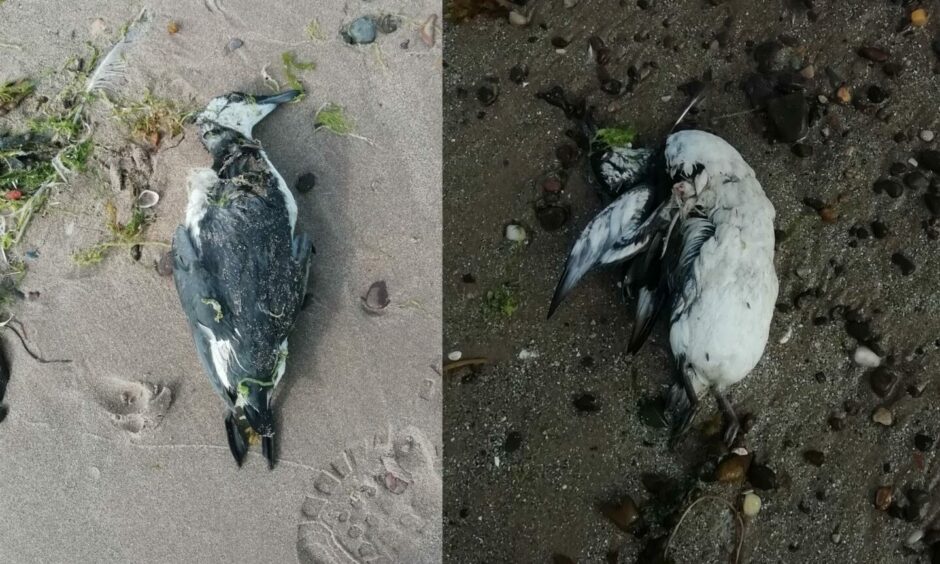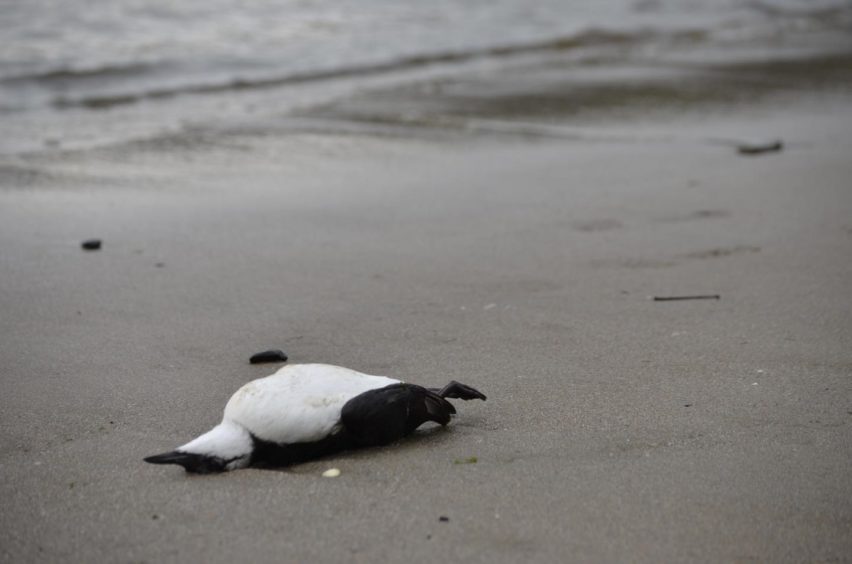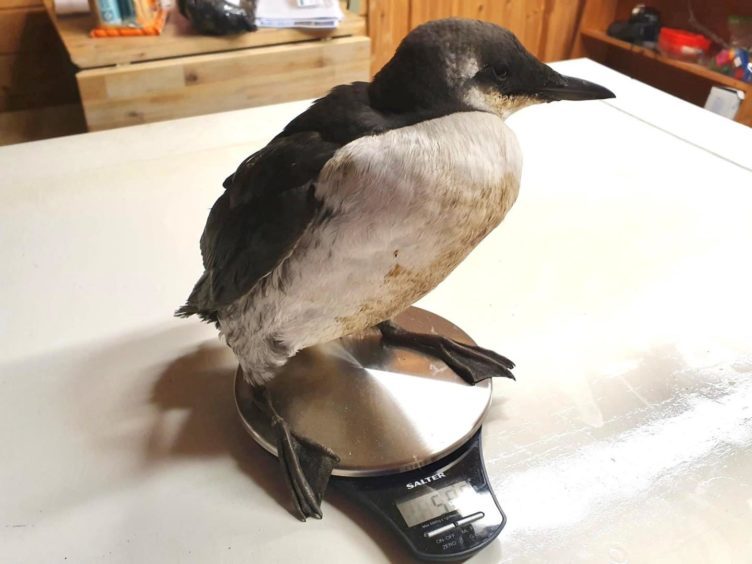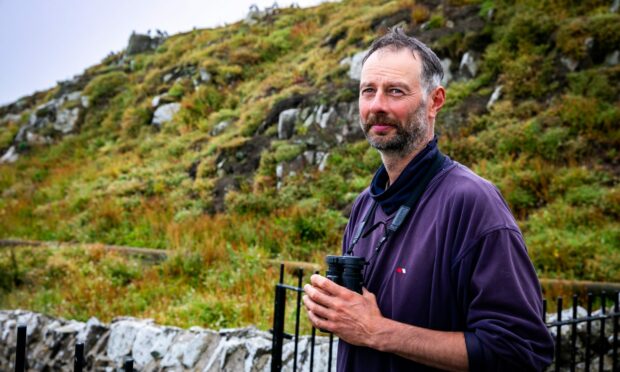Experts remain in the dark over why thousands of guillemots are dying in Scotland, with dead seabirds now also being found in the Netherlands and Norway.
Mark Newell, a seabird scientist with the UK Centre for Ecology, remains “hopeful” the cause will be unearthed, but admits he is not “confident”.
Thousands of guillemots have been discovered either dead or starving along the east coast of Scotland in recent months. One woman in Fife found 23 dead birds at one time in Leven.
And now the problem has spread to mainland Europe.

The rate of birds discovered in Scotland has lowered slightly, but enough are still being found to cause concern, Mark said.
While the cause remains a mystery, the sustained nature of the deaths has led to some theories being discounted. Mark now suspects it may be climate-related.
Why are so many guillemots being found dead in Scotland?
Experts don’t fully understand yet. But they have all but ruled out natural causes.
Mark previously considered the possibility that the number of dead guillemots wasn’t actually higher than normal, but rather something caused them to come closer to the coast.
This, in turn, led to more people coming across the bodies and creating a false impression.

However, given the sustained nature of the episode and the latest finds in Norway and the Netherlands, Mark has stepped back from that view.
“It tells us that something more untoward is going on.
“It’s not just a natural die-off, we’re confident of that now.
“Similar incidents like this have been because of weather events such as storms, but we don’t think it’s that.
“The weather has been fairly settled this year.”
Mark described the amount of guillemots found in the Netherlands and Norway as “record numbers” but was unsure of an exact figure.
In 2019, an estimated 20,000 guillemots were found dead or dying in the Netherlands.
Weather along the Dutch and Norwegian coast has been fairly stable as well, Mark notes, making the chance of it being due to a weather event unlikely.
He also thinks bird flu is “unlikely”.
Could climate change be to blame?
Possibly.
One leading theory is that a blue-green algae newly found in the North Sea is to blame.
Whether this is because it affects the birds themselves, or their food source, is unclear.
Toxicology results have not yet been published.

Mark said: “It could be that this blue-green algae is affecting the birds’ health directly, or affecting their food source.
“And climate change is likely the cause for this algae being in the North Sea, with it there now because of warmer waters.”
Are experts likely to find the cause?
Mark hopes having European agencies involved will increase the chance of getting to the bottom of the mystery.
However, he does have reservations that the cause will ever become known.
“I would say I am hopeful we will get to the bottom of this, but I wouldn’t say I am confident.
“Hopefully with it being international now there will be more eyes on it. More people trying to find what the cause is.”
What do I do if I come across a guillemot?
If, like Fifer Christine Walker, you come across a dead or struggling guillemot, the Scottish Government and Marine Scotland ask that you:
- Call Defra on 03459 335577 if you come across five or more dead birds in one location
- If a bird appears sick or injured call the SSPCA on 03000 999999
- Dead seabirds can also be reported to the Centre for Ecology and Hydrology
- Do not touch a dead bird
A Scottish Government spokesman said toxicology results will be released “in due course”.










